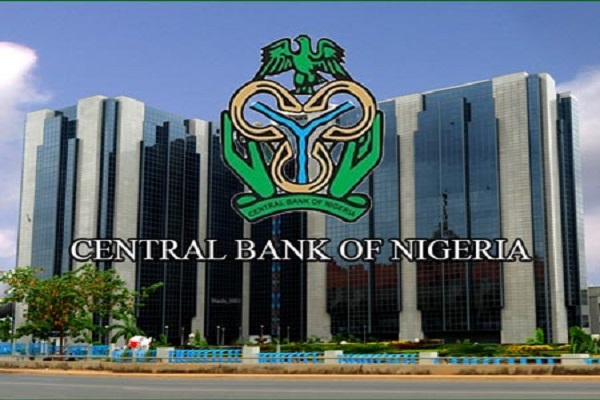In April 2025, banks’ borrowing from the Central Bank of Nigeria (CBN) dropped sharply by 97.6%, falling to ₦380 billion from ₦16.5 trillion in March. This significant decline suggests that the liquidity situation in the banking sector has improved.
Data from the CBN shows that banks borrowed a total of ₦50.46 trillion in the first quarter of 2025 (Q1’25), marking a 161.5% increase from the ₦31.25 trillion borrowed in Q1’24. This increase highlights a sharp rise in borrowing activity compared to the previous year.
The CBN offers two key short-term lending options to banks: the Standing Lending Facility (SLF) and Repurchase (Repo) lending. The SLF allows banks to borrow at an interest rate that is 500 basis points above the current Monetary Policy Rate (MPR), while Repo transactions involve the CBN temporarily buying banks’ securities with an agreement to sell them back later at a premium.
In contrast, the CBN also accepts deposits from banks through the Standing Deposit Facility (SDF), where it offers an interest rate lower than the MPR by 100 basis points.
Reflecting healthier financial conditions, banks’ deposits in the CBN’s SDF grew by 3.08% month-on-month, reaching ₦16.7 trillion in April, up from ₦16.2 trillion in March. This increase follows a massive 957% surge in Q1’25, where SDF placements soared to ₦19.2 trillion from ₦1.82 trillion in Q1’24, signaling stronger liquidity in the banking sector.
The rise in SDF deposits comes after the CBN introduced a single-tier remuneration system for SDF deposits, where all placements now earn an interest rate of MPR minus 100 basis points. With the MPR at 27.5%, the effective rate for SDF deposits is now 26.5%.







